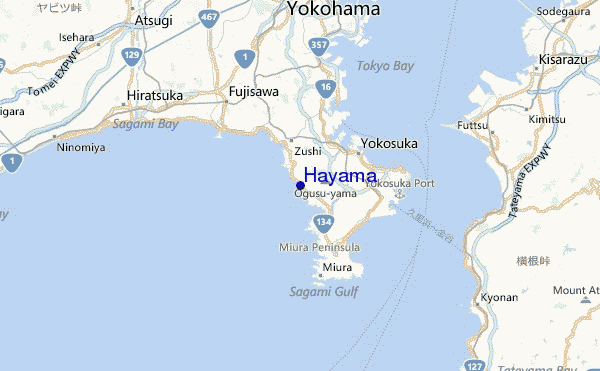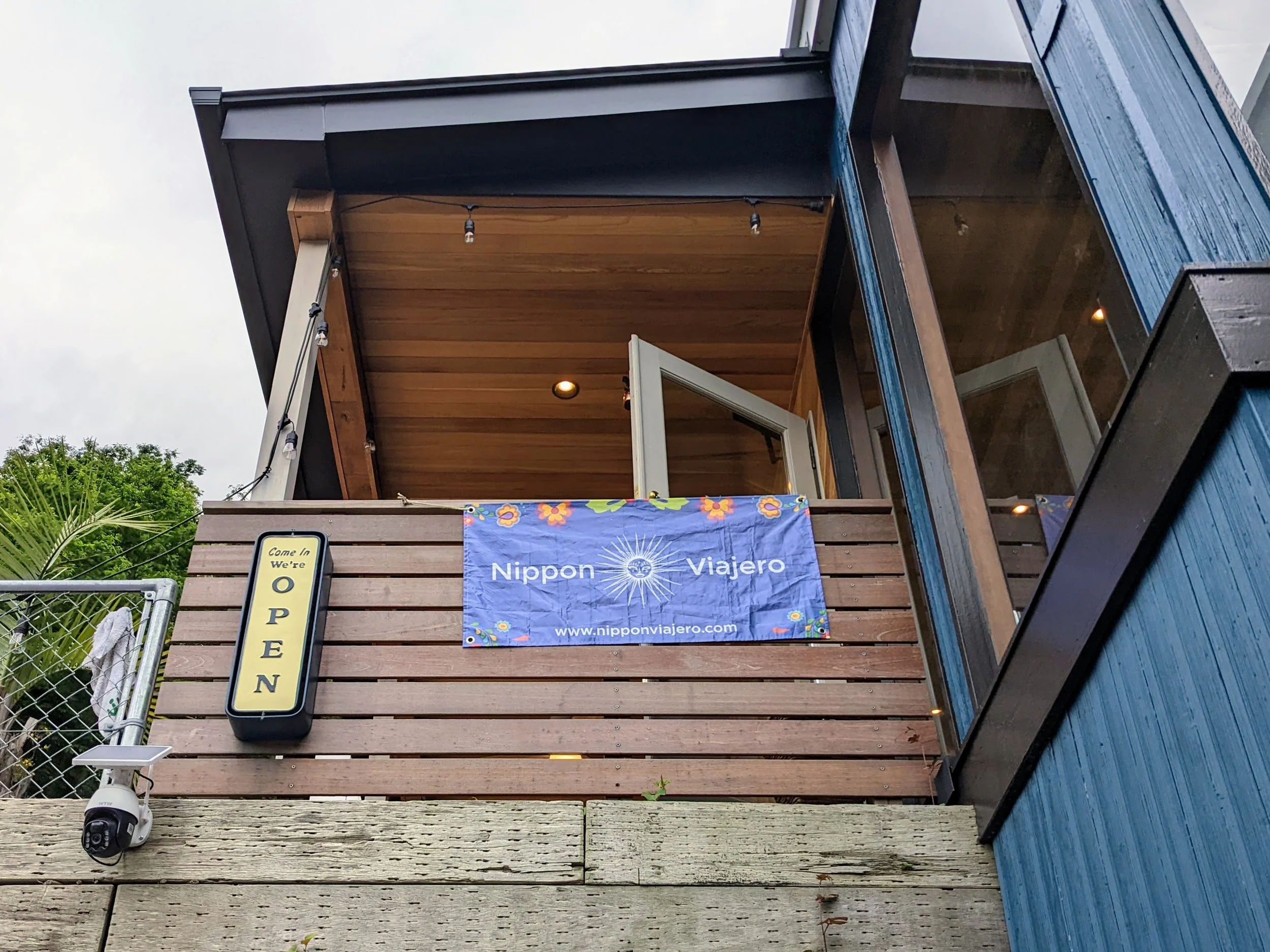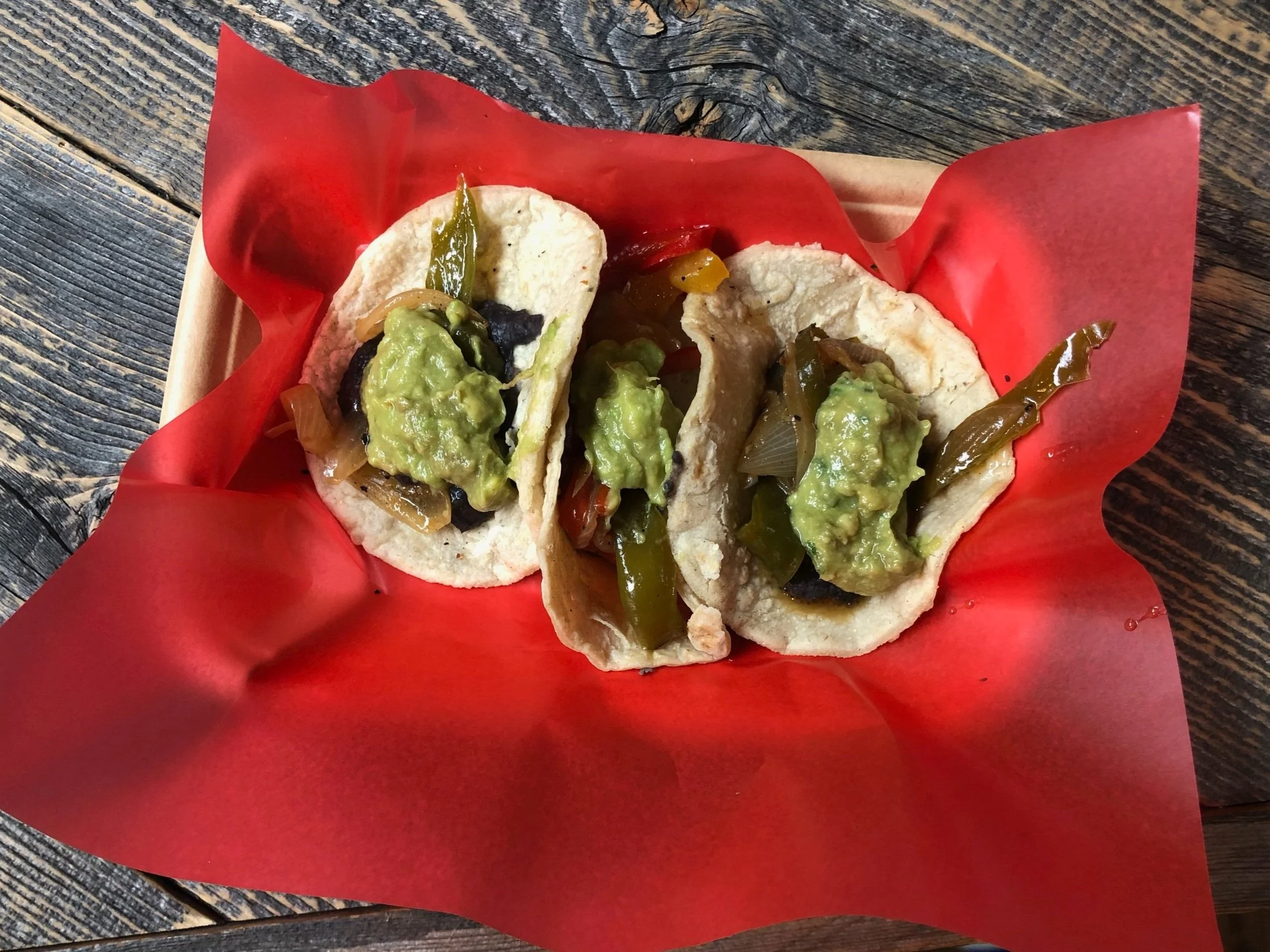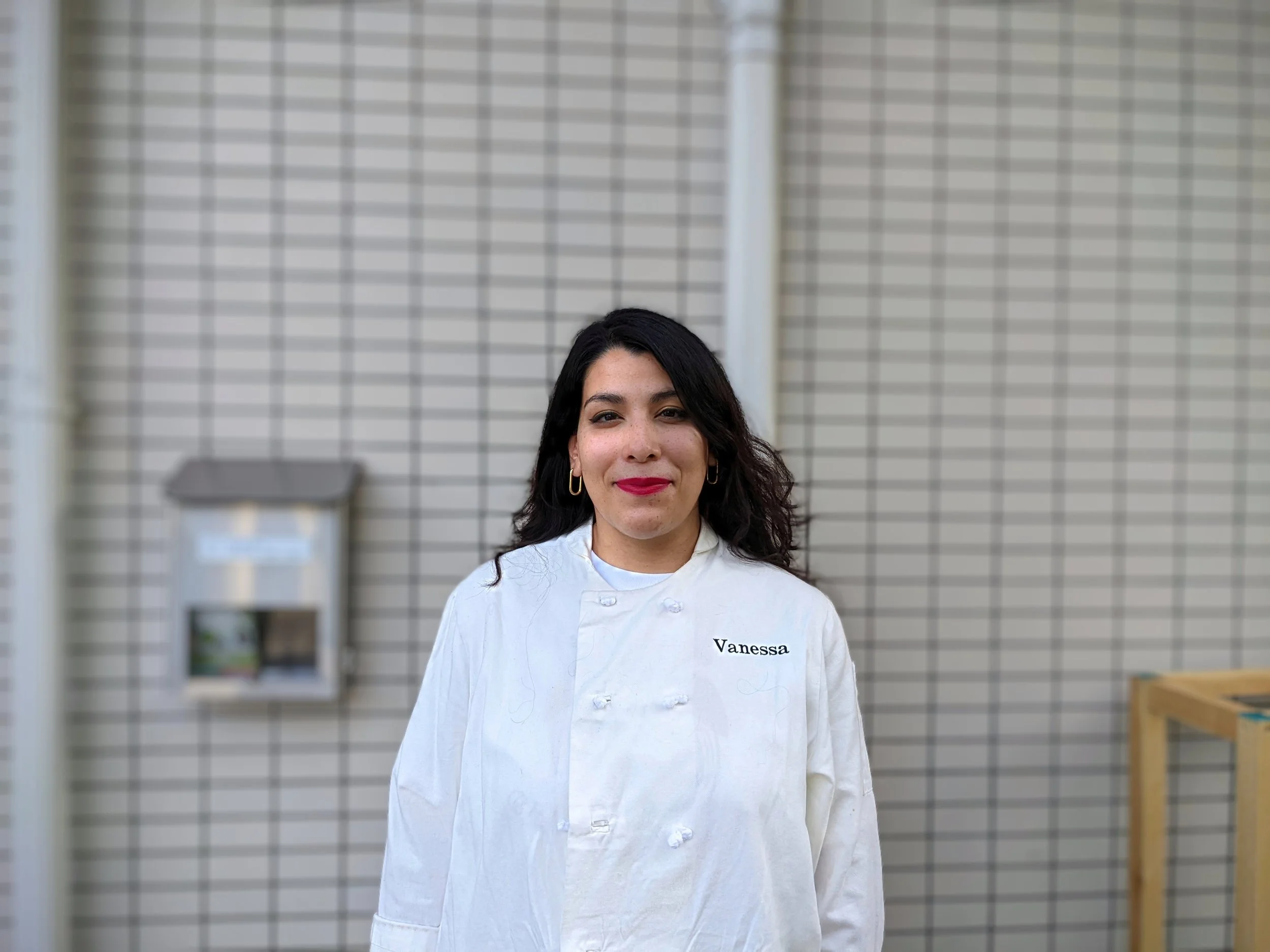From the US to Japan: This Mexican-American Chef is Creating a Cultural Space for Herself and Her Community
Tell anyone you’re visiting the city of Hayama in Kanagawa Prefecture, they’ll tell you how quaint it is or how the Imperial Family has a seaside residence there. What they don’t tell you is that you can also find some lip-smacking good tacos there too. On Saturday, May 7th, the company Nippon Viajero was holding its first indoor pop-up shop inside the Share Village Hayama space, serving authentic Al pastor and vegetarian fajita tacos. The menu consisted of authentic Mexican flavors that are unusual to find in Japan. It’s difficult to conjure up many images of Mexican food in Japan other than tacos, burritos, or the Tex-Mex-Okinawan dish taco rice or タコライス. And while taco rice has its own cultural merits that were borne out of a desire from Americans living in Japan for the Tex-Max that they grew up with, it’s quite foreign from the more traditional fare. At Nippon Viajero you can learn about the culture and authentic flavors that can be found in Latin America via its workshops or taco-pop ups. The May 7th event, in particular, was to celebrate Cinco de Mayo, the anniversary of Mexico's victory at the Battle of Puebla against France in 1862. While the holiday originated in Puebla Mexico, it has become a popular holiday in the States and now other parts of the world due to the domination of beer, wine, and tequila companies who have historically used this holiday to promote alcohol through the guise of mariachi music and sombreros.
The pop-up at the Hayama Share Village.
The dishes that were served have an authentic taste of Mexico that you may only be familiar with if you’ve visited the American Southwest or the country itself which is to say it doesn’t taste of store-bought spice packets. She makes all the flavor profiles from scratch, using fresh and dried herbs and spices, while the meats and other fillings have been marinated for long hours. The whole process is long and takes a lot of patience and dedication.
The veggie fajita tacos.
Thirty-year-old Vanessa Quintana is the founder of Nippon Viajero, an organization dedicated to raising awareness of Mexican and other Latin American cultures through culinary workshops and other cultural gastronomical experiences in the Tokyo and Kanagawa areas. We meet at もしも (Moshimo), a cafe armed with an industrial kitchen co-owned by Quintana and her friends through their co-op that was at the time featuring the first digital NFT art gallery in the area. The intention behind Moshimo is to have a space that cultivates an environment for creatives and the local Hayama community to come together and support each other's dreams. Moshimo’s mission statement is “What if you could create something that is missing in the world?” which is aligned with what Nippon Viajeros culinary project is doing in Japan. “We have created something that was for a long time missing here,” she says, “A space where a diverse community can come together and learn about Latin-American cultures through cooking. I was very involved in the Moshimo process and helped set up what is now the commercial kitchen.” The kitchen is used to cook for events, catering, pop-up restaurants, baking for the cafe, and is equipped for Nippon Viajero’s culinary workshops which happen about once a month in the space. This summer from July 1st to August 1st, 2022, Nippon Viajero’s tacos pop-up will be on Morito Beach in Hayama.
Behind the scenes at the pop-up.
Vanessa Quintana has worked hard for the past two years to make her cooking workshops fun, informative, and of course—delicious.
Originally from Santa Fe in New Mexico, USA, Quintana has lived many different lives having been a sous chef at a Swiss bakery, to being a social worker supporting homeless youth. In 2017, she moved to Japan with her Japanese-American husband, having never been to Japan before. However, she quickly realized the social work scene in Japan was very different from that of the US and instead found herself working for a beauty company where she moved up and worked for their marketing and social media team as a digital marketing designer. Nippon Viajero started as a simple HTML website intended to be a resource blog for immigrants moving to Japan. The name is a combination of ‘Nippon’ which is Japanese for Japan and ‘Viajero’ which is Spanish for traveler; she had crafted the perfect name to describe what would be her own community.
After much time and soul searching Quintana rekindled her passion for the culinary arts commenting, “We relive our memories through food." And although there wasn't any authentic Mexican food around or a big Latino community she could lean on she decided to start small in her kitchen creating the recipes her mother used to make her growing up.
Equipped with her past gastronomical experience and knowledge, transitioning to the culinary world was quite intuitive. Her father used to be a chef at an Italian restaurant and Quintana learned plenty in the kitchen from the women in her life such as her mother, her grandmother, and even her friends’ aunts. “Coming from an immigrant family the women in your life usually tend to be very strong and very rooted in their cultures and they very much bring their traditions with them,” she said. Wanting to first understand the basics of Japanese cuisine, she started taking cooking classes under a Japanese chef in Tokyo, Japanese lessons, and learned the ins and outs of Japanese grocery shopping. “In Mexican cuisine and all of Latin-American cuisine, we don’t measure anything, it’s about the mood, it’s about the emotion, the feeling… you just go by eye and how you’re feeling that day,” she said, “But here in Japan they exactly tell me how much flour to put or how much water and exactly the temperature. But, I love that. It’s helped me be a better cook and in turn, I teach my participants the same. The best of both worlds.” Even with all her experience, still today the investigation continues to better the quality of the experiences Nippon Viajero offers. Quintana is not interested in feeding people Mexican food that’s been adjusted to people’s palettes saying simply, “Some people like it and some people don’t.” She elaborates saying, “The idea of the project is to come and experience Latin American food because you don’t get that here and a lot of things are lost in translation. Maybe some Japanese people go to Mexico and they experience the culture and they bring that back to their restaurants but they don’t understand because their palette [isn’t adjusted]. The rest of the world sees Mexican cuisine as Tex-Mex and unless you don’t have someone explain it to you, you don’t know. You’re fighting with the mainstream.”
We live in a time where we can be the ones making the decisions on how we advertise our businesses. It is a lot of work. But I think technology has given a lot back to the people to the smaller communities.
The pandemic, however, is what moved things along for Nippon Viajero and moved it from a simple blog to a cultural project and mission. She began virtually and with the help of her sensei, she launched her first workshop in collaboration with the Tokyo Cooking Studio in 2020 near Shimokitazawa. Since then she has collaborated with other organizations such as Best Living Japan, the Latin Caribbean Festa, and other cafes, farms, tech companies, and Latino-owned businesses in Japan all in an effort to promote Mexican gastronomy in its authentic state. Nippon Viajero is always open to collaborating and working with other creatives.
Her workshops are mostly with an eye toward Mexican cuisine where people can learn to make tamales, salsas, and conchas, but Quintana has dreams to expand to cuisine that can be found all over the Latin-American continent. Her workshops are made to be enjoyed by people from all walks of life no matter their culinary skills or background with the intention of bringing Latin-American cuisine to Japan which can be recreated in people’s homes.
What started with 12 followers has turned into a meaningful community which didn’t come easy and took her about three years of consistency. Applying what she learned from previous work, she used her skills for promoting herself through social media. Quintana considers herself to be more of a private person and while she keeps her family life away from social media, she understands what being the face of Nippon Viajero requires by saying, “It’s so taxing and so draining…putting yourself out there…I wasn’t into it.” But of course, by being a teacher and the face behind the Nippon Viajero operation, she’s had to create an online presence for herself. With the support of people from Twitter and Instagram, she now believes that having a social media presence is required to both be in the know of what’s going on around you and to get your name out there, adding, “I think social media is an excellent tool for small business owners to help promote their brand. The ability to have direct contact with your customers is wild. We live in a time where we can be the ones making the decisions on how we advertise our businesses. It is a lot of work. But I think technology has given a lot back to the people to the smaller communities.”
Quintana teaching at one of her cooking workshops.
Quintana's mission is to extend the culinary project throughout Japan so more people can enjoy this unique cultural experience. While working with more local farms and small Latino-owned businesses. Her workshops focus on making authentic recipes in small Japanese kitchens with little to no equipment. The menus are seasonal to what is available in Japan during that time while staying true to traditional Mexican customs. Nippon Viajero has also built a resource guide that connects you directly with farms and other resources where you can find Mexican and other Latin-American ingredients throughout Japan. The goal is for participants to walk out of the experience learning new culinary techniques, expanding their recipe repertoire, and being supported by a new community of diverse people who all share the love of food.
This summer the organization is busy with all sorts of culinary and cultural projects. In July 2022, her farm-to-table workshop will highlight a small batch farm in Japan that grows its produce sustainably and pesticide-free so that students in her workshop will get to connect with where their food comes from and learn new Mexican recipes that are just as healthy as they are delicious. The tacos workshop’s menu in particular changes every month and is one of the most popular experiences. While there are a lot more projects in the works, one that she’s excited to announce is her cookbook which will include 50 Mexican recipes— some passed down from her family, some created here in Japan. All of the recipes are adapted to use in a Japanese kitchen and all will include a story or a poem for each recipe. The book is slated to be released in late 2022.
If she could change anything about her journey is that she wishes she started sooner! She elaborates by saying, “It’s important to believe in yourself and make the jump. Failure is not falling down or making mistakes. Failure is not trying. I am happy I made the jump regardless of when I did it. And I am lucky to have my husband and my family who have been so supportive and key members of this project, and a community like I do in Moshimo that gives me the space to be creative and run free with ideas.” Her other hurdle? At the moment it’s finding other cultural creatives who want to jump in our boat and help to expand the project. Nippon Viajero is currently open to interested collaborators or other individuals who have a passion for food and culture to join the team.
Quintana’s project is an ambitious one—it’s a challenge to share and showcase the continent's culinary offerings, especially one as diverse as the Latin-American one. But Quintana has taken the time. energy, and patience to understand the role she’s taking up here in Japan and is determined to teach the country’s residents this aspect of Latin American culture, one dish at a time.
The Nippon Viajero crew.
Find Nippon Viajero on Instagram, Twitter, and www.nipponviajero.com for news, events, and more.
Photos were taken by Mallory Jenkins or were provided by Nippon Viajero.
Written by Leika Keys.







